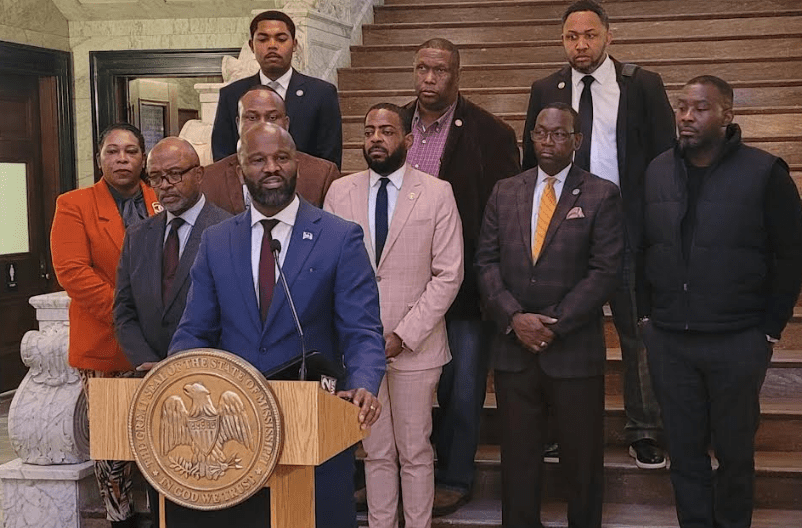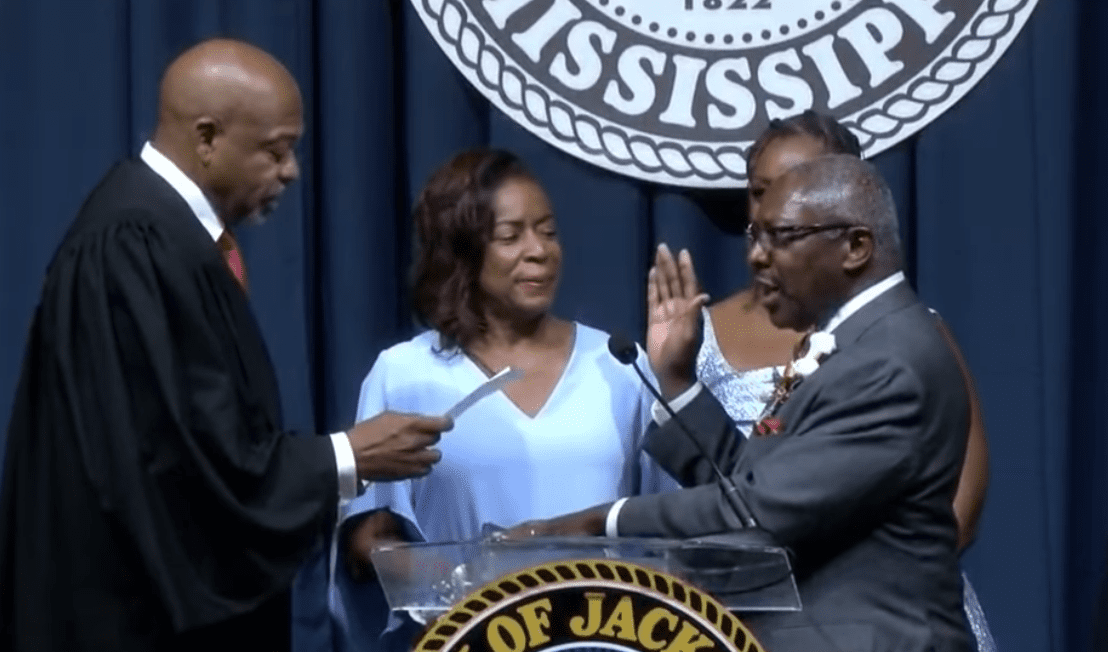These questions are answered in part by an examination of census objectives. Additionally, from the numbers gleaned from the decennial census, a different standard is applied for congressional reapportionment. In Mississippi, we have 1,873,740 registered voters out of 2,910,540 residents, 26.1 percent of whom are under the age of 18, and thus unable, based on age, to be able to vote.
The remainder of the unregistered voters are old enough to vote but have not, for various reasons, registered to vote in the state. This would include aliens but also individuals who are simply not engaged in the voting process.
The current method of apportioning seats in Congress was adopted in 1941 and uses a mathematical formula to assign a priority value to each House seat. Previous formulas which had been adopted simply divided the national or state populations by the number of congressional seats, so a state could have fewer seats than its population warranted.
The Constitution requires that “representatives shall be apportioned among the several states according to their respective numbers, counting the whole number of persons in each state.” This obligation has been enhanced by case law after 1962.
Clarion Ledger
7/12/9







